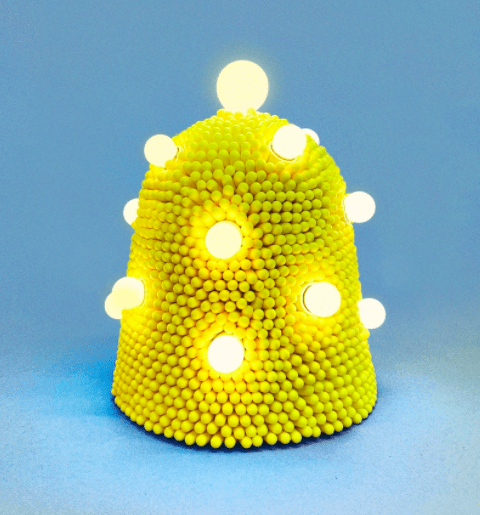Tech magazines have always gone hand and hand with new items. For others, the main reason they consume a magazine is the hundreds of carefully selected pieces a creative staff uses to cover a mag ‘s glossy pages. So the advent of e-commerce was a normal continuation of the product roundups found in print as magazines went digital.
The key difference? Online, advertising organisations benefit more directly from the commodities they represent.
The main way to raise money for a media brand is through referral revenue: a cut in all transactions that come through their platform. As publications deal with mega retailers , especially Amazon, the relationship is often lucrative, which can lead to some head-scratching matchups, such as a high-end home magazine the guides you to purchase, say, a cheap toaster. It was the separation the kept stopping his team from exploring e-commerce for Marc Lotenberg, CEO of design magazine Floor.
Yet Lotenberg knew there was a chance to do something new as the market started getting more competitive. “We thought we would do the absolute opposite and create a platform that suits our editorial expectations with very exclusive items,” he says. So, after two years of going back and forth about how and when to run a customised e-commerce service, Surface today launched Concept Dose, a digital platform that daily unveils an exclusive product.
There’s so much more that most people realise that goes into great architecture.
It’s not a factory that’s cranking out these custom parts, there are people behind it.
An avant-garde take on a table lamp by Brooklyn-based designer and artist Joseph Algieri,
which is covered in 350 lemon-colored earplugs, is the first piece released on Design Dose.
It retails for 2,800 dollars and there is only one available.
“We’re committed to showcasing pieces that people will be seeing for the first time,” says Lotenberg. “A big motivator for us has been that you’re seeing the same pieces everywhere. Meanwhile, there’s tens of thousands of options out there. We don’t need to compete against what’s on other platforms, because all they have are the same 20 products that the customer already knows about. What we’re focusing on is exposing people to really great design brands that our readers should know about, but which just aren’t getting the air time they should.”
Lotenberg was further inspired to launch Design Dose as a sort of response to the pandemic, which has left small makers and artists without major fairs to exhibit at, while also landing Surface readers who are spending the bulk of their time at home. “Everyone is struggling right now, but these small brands could really use the extra bump to get attention. I see Design Dose as a means of democratizing things in a way—it’s not just bigger brands that can survive and get noticed,” he says. “We see it as solving a discovery problem for readers and a reach problem for creators.”
SOURCE: Business of Home

